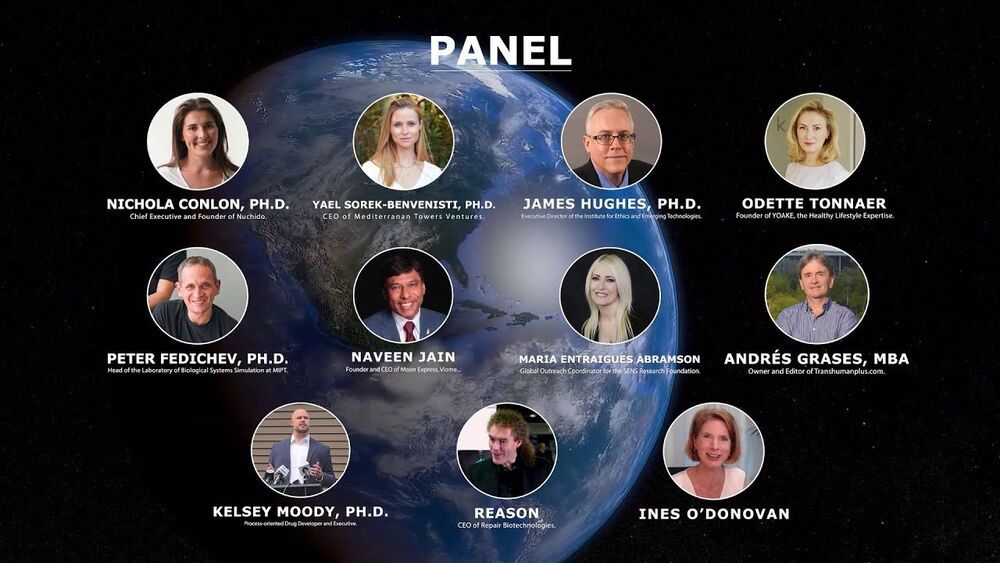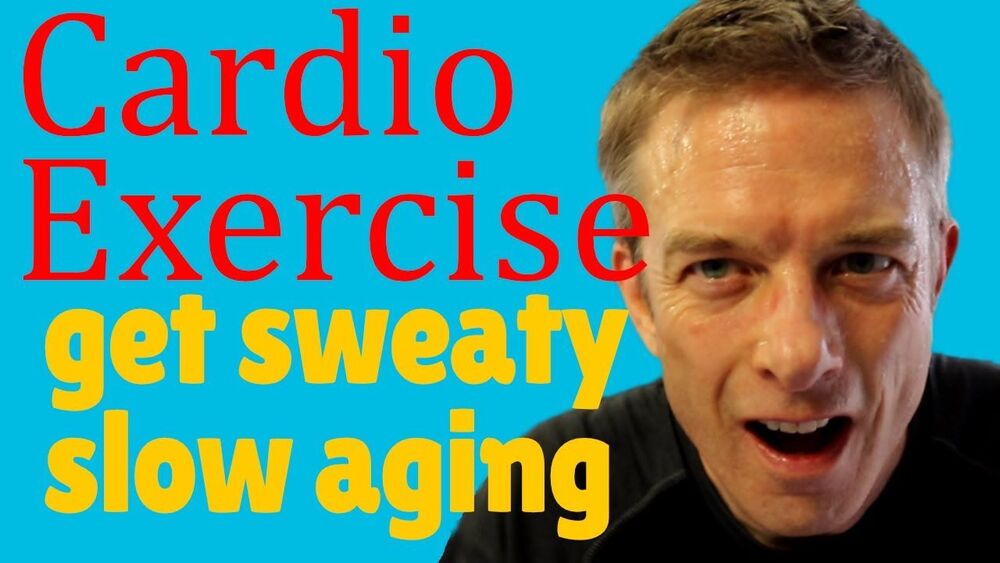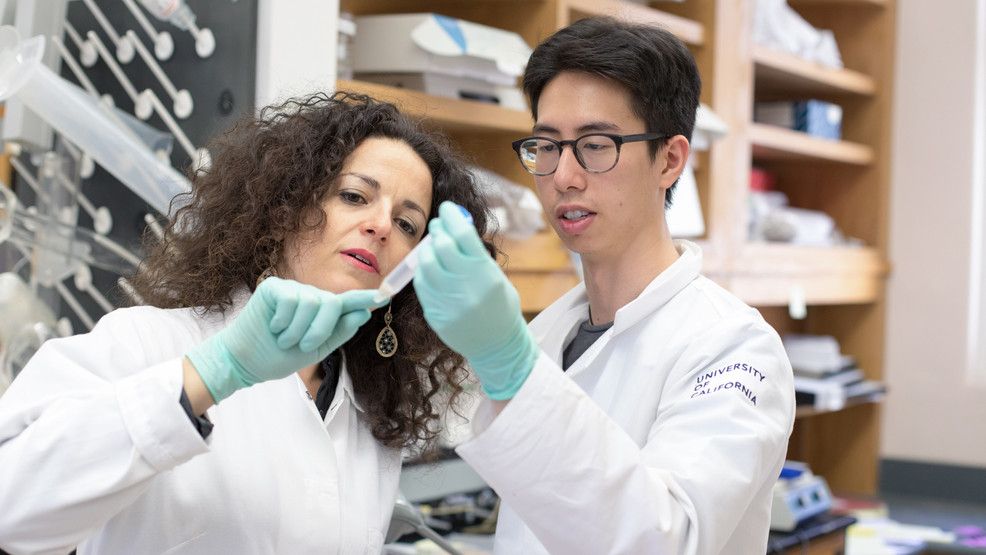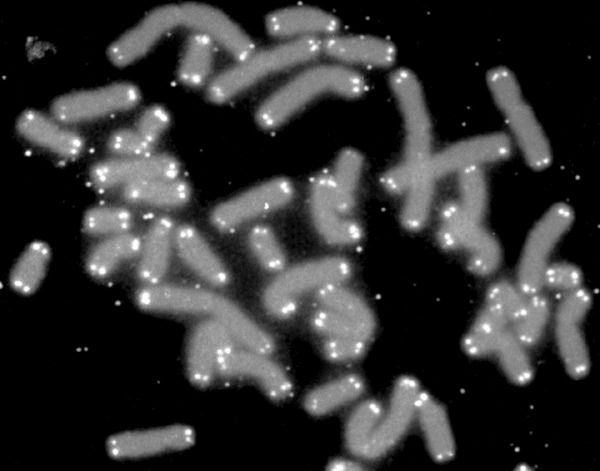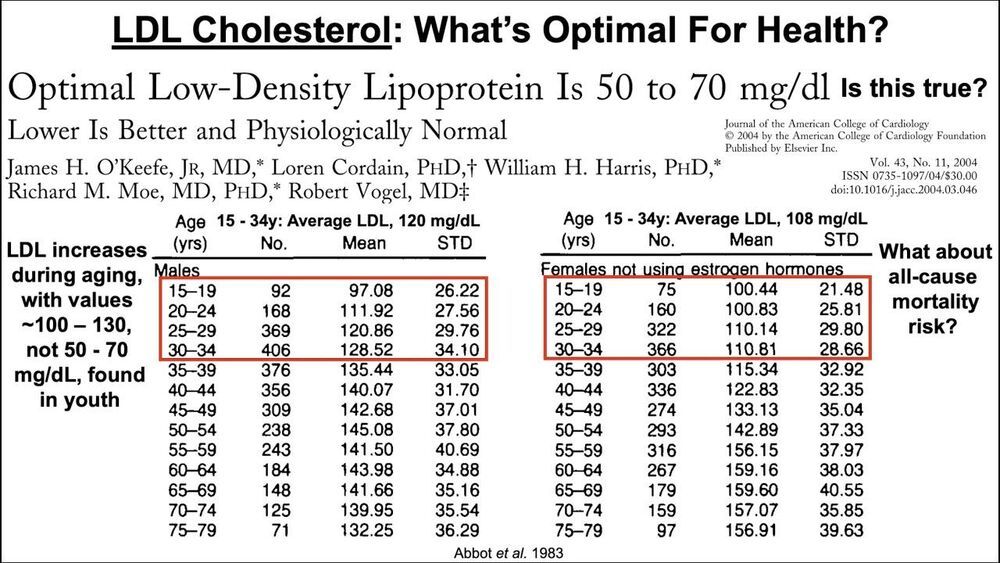Dec 19, 2020
Panelists at the Healthy Masters 2020 on What Can We Do to Improve Health and Longevity
Posted by Andrés Grases in categories: biotech/medical, life extension, transhumanism
Here the video of the first discussion panel out of two, during the celebration of the Healthy Masters Conference 2020, which took place on November 29, 2020. Nuno Martins, organizer and moderator of the event, asked all panelists to comment on the following theme: What can we do to improve our health and longevity. Given the essence of the event, the question was surrounded by the objective of achieving radical life extension or super longevity. My intervention starts at minute 20:13 and in the description of the video there are all the time marks that direct to the begining of each talk.
First discussion panel out of two, during the celebration of the Healthy Masters Conference 2020 which took place on November 29, 2020.
Nuno Martins, PhD, organizer and moderator of the event, asked all panelists to comment on the following theme: What can we do to improve our health and longevity?
Given the essence of the event, the question was surrounded by the objective of achieving radical life extension or super longevity.
